AP Human Geography - Population and Demographics
1/33
There's no tags or description
Looks like no tags are added yet.
Name | Mastery | Learn | Test | Matching | Spaced |
|---|
No study sessions yet.
34 Terms
Age distribution
a model used in population geography that describes the ages and number of males and females within a given population; also called a population pyramid

Agricultural density
The ratio of the number of farmers to the total amount of land suitable for agriculture.
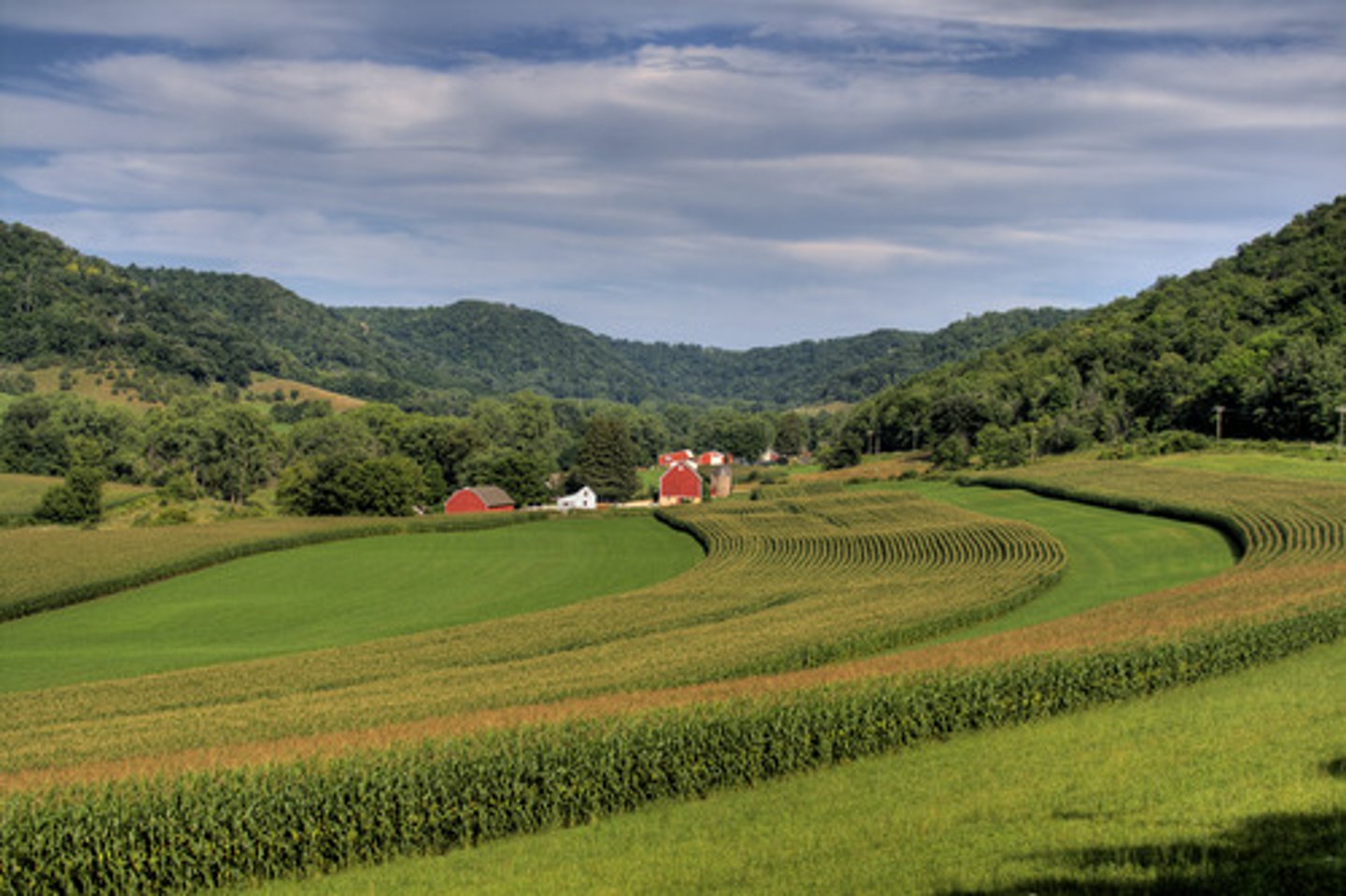
Arithmetic density
The total number of people divided by the total land area.
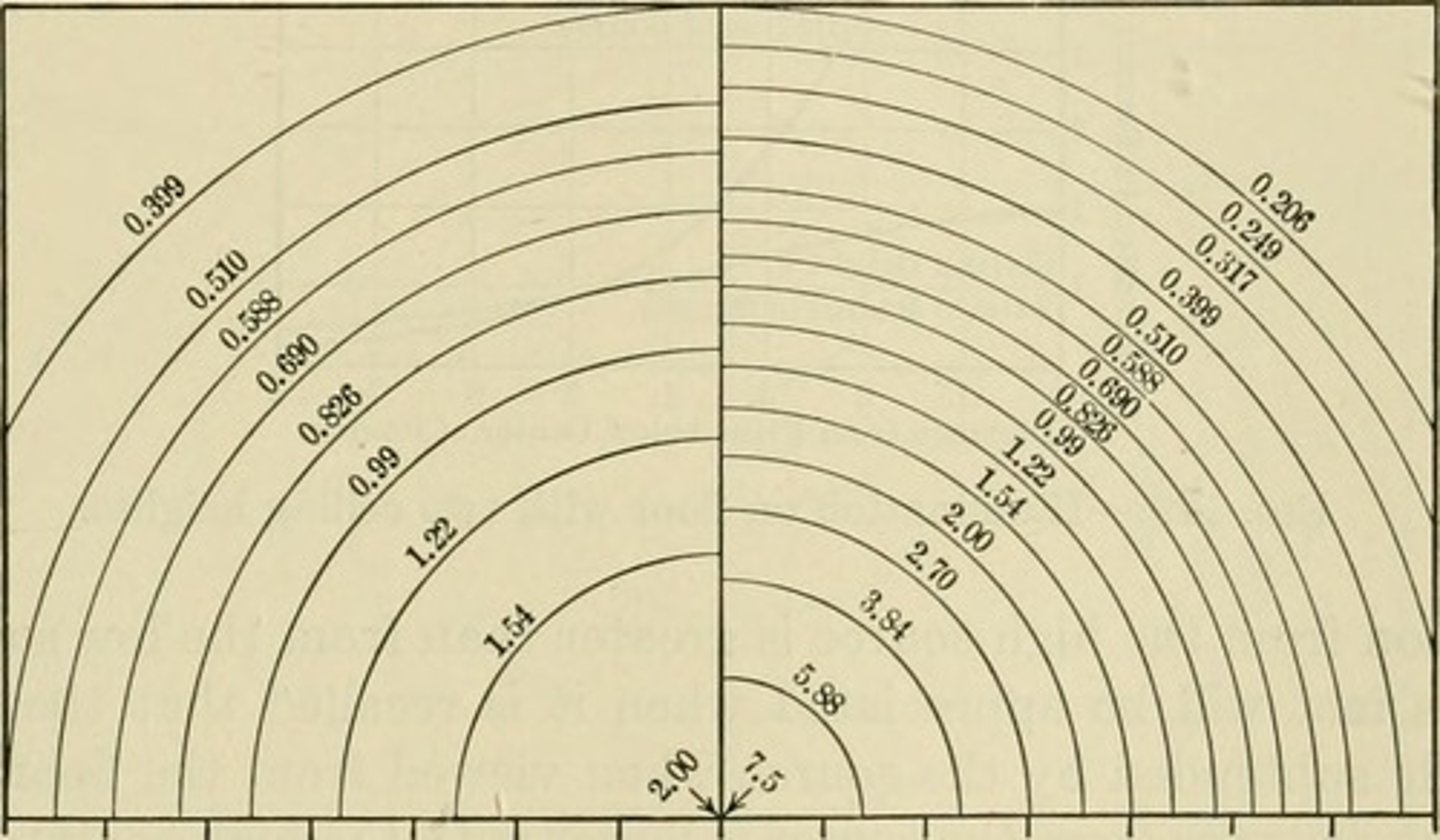
Carrying capacity
Largest number of individuals of a population that a environment can support

Census
A complete enumeration of a population.

Child mortality rate
A figure that describes the number of children that die between the first and fifth years of their lives in a given population
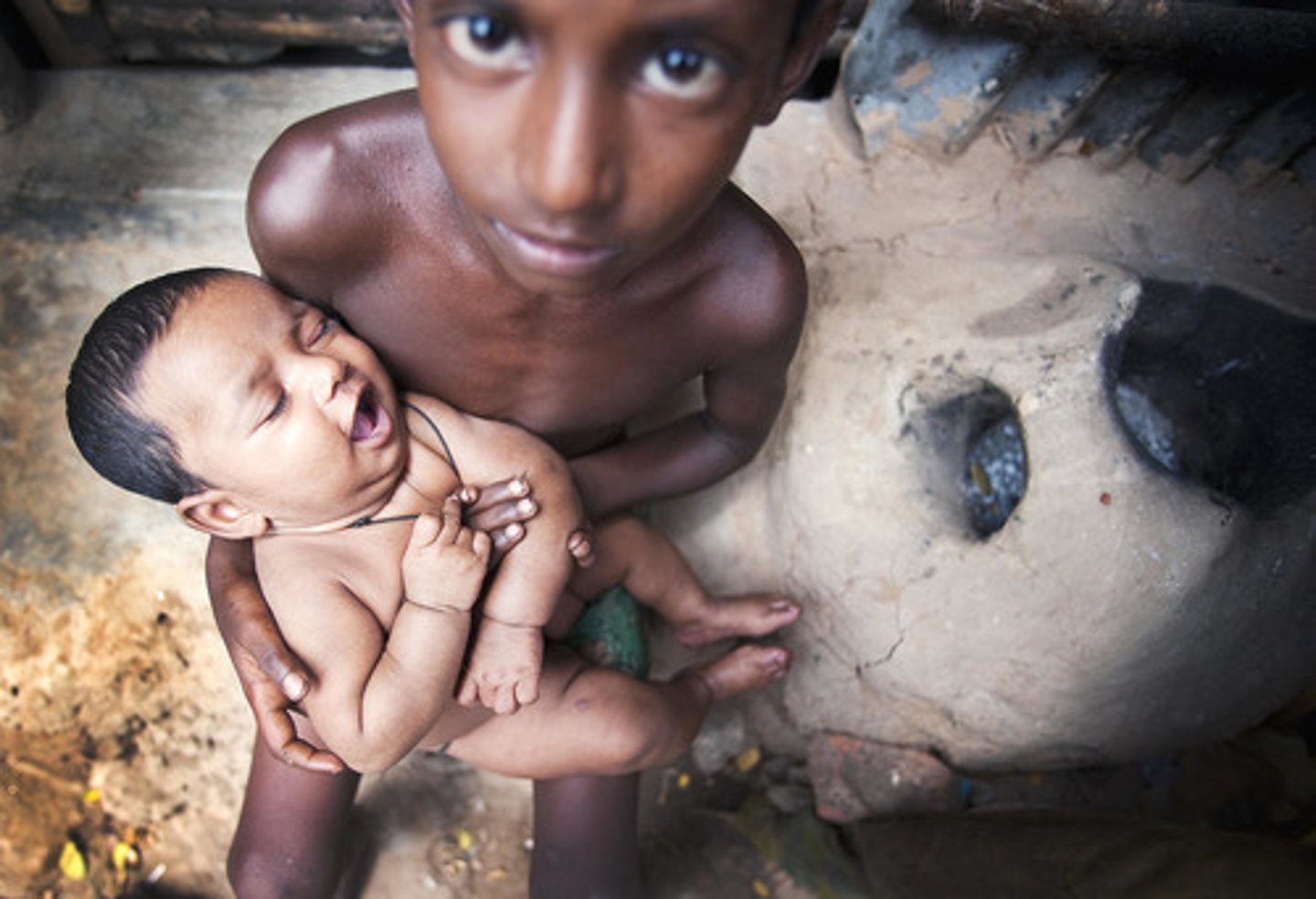
Contraception
Birth Control
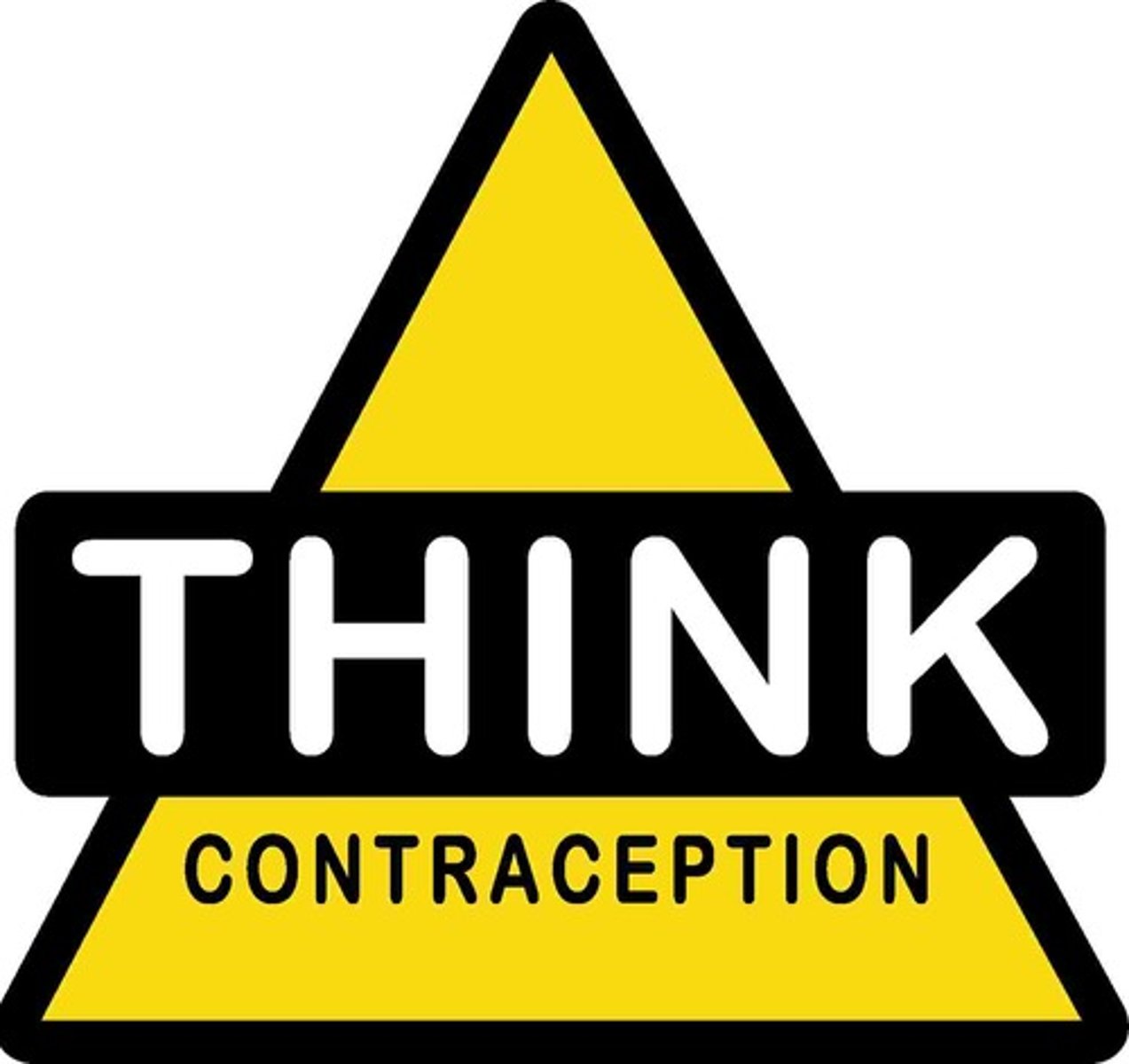
Crude death rate
The number of deaths per year per 1,000 people.

Crude birth rate
Annual number of live births per 1,000 people in the population of a geographic area at the midpoint of a given year.

Demographic transition
Change in a population from high birth and death rates to low birth and death rates
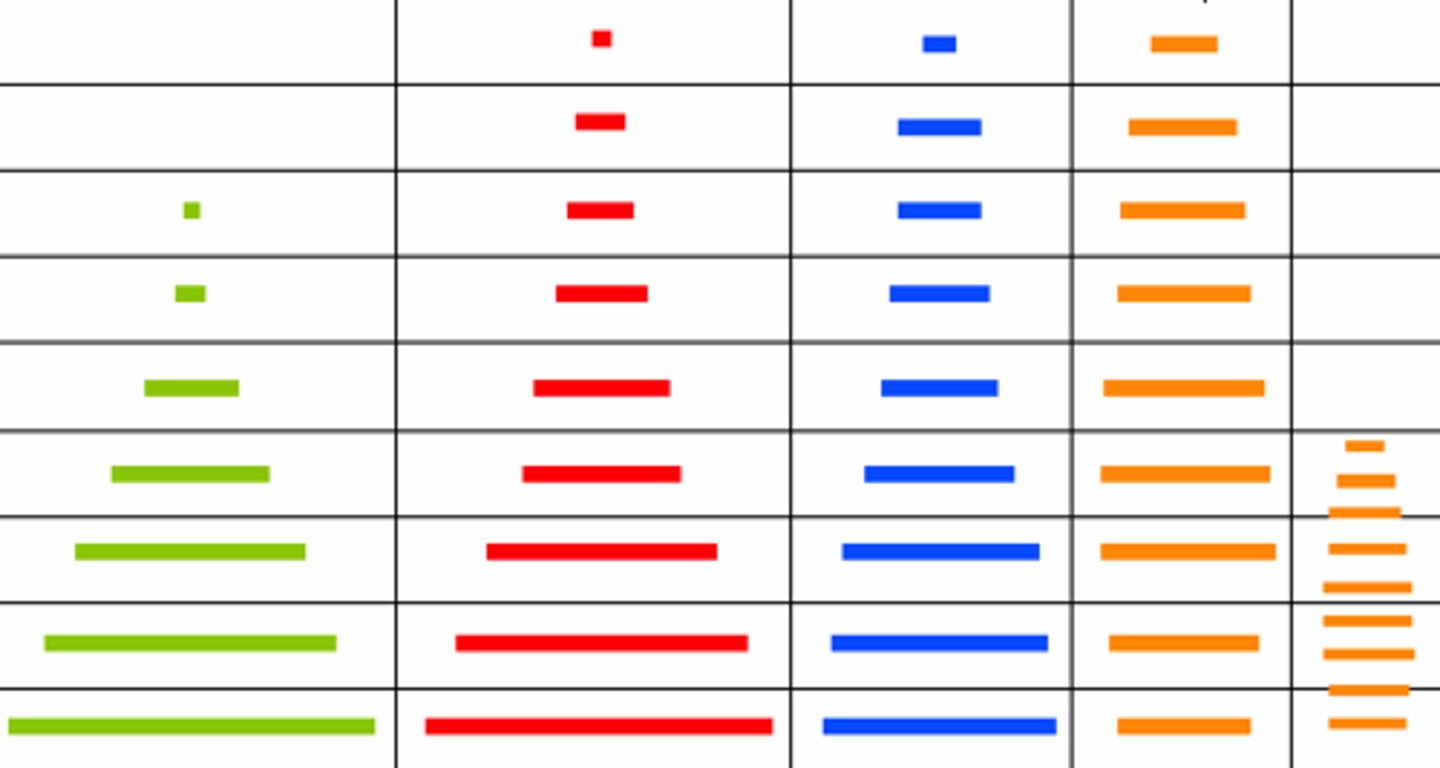
Demography
Scientific study of human populations.

Dependency ratio
The number of people under the age of 15 and over age 64, compares to the number of people active in the labor force.

Doubling time
The number of years needed to double a population, assuming a constant rate of natural increase.

Ecumene
The portion of Earth's surface occupied by permanent human settlement.

Epidemiological transition
Distinctive causes of death in each stage of the demographic transition.

Infant mortality rate
A figure that describes the number of babies that die within the first year of their lives in a given population.

J-curve
a growth curve that depicts exponential growth
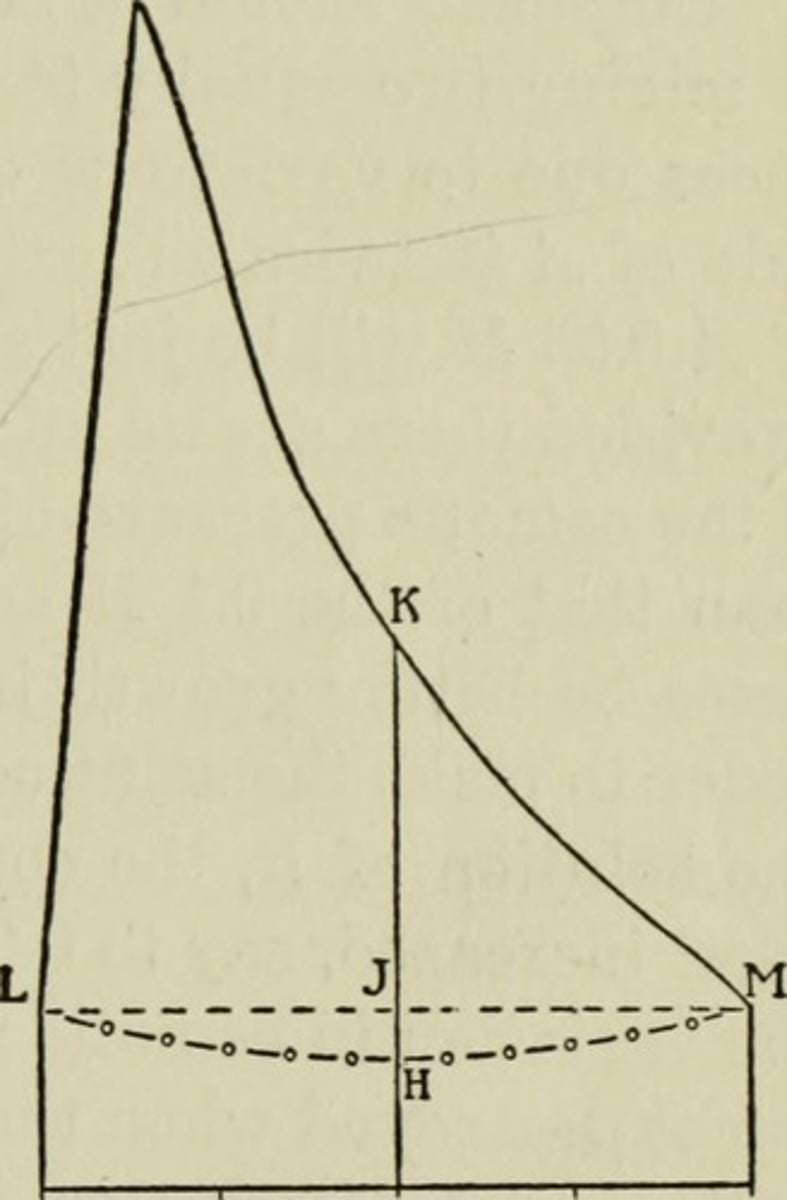
Life expectancy
A figure indicating how long, on average, a person may be expected to live. Normally expressed in the context of a particular state.
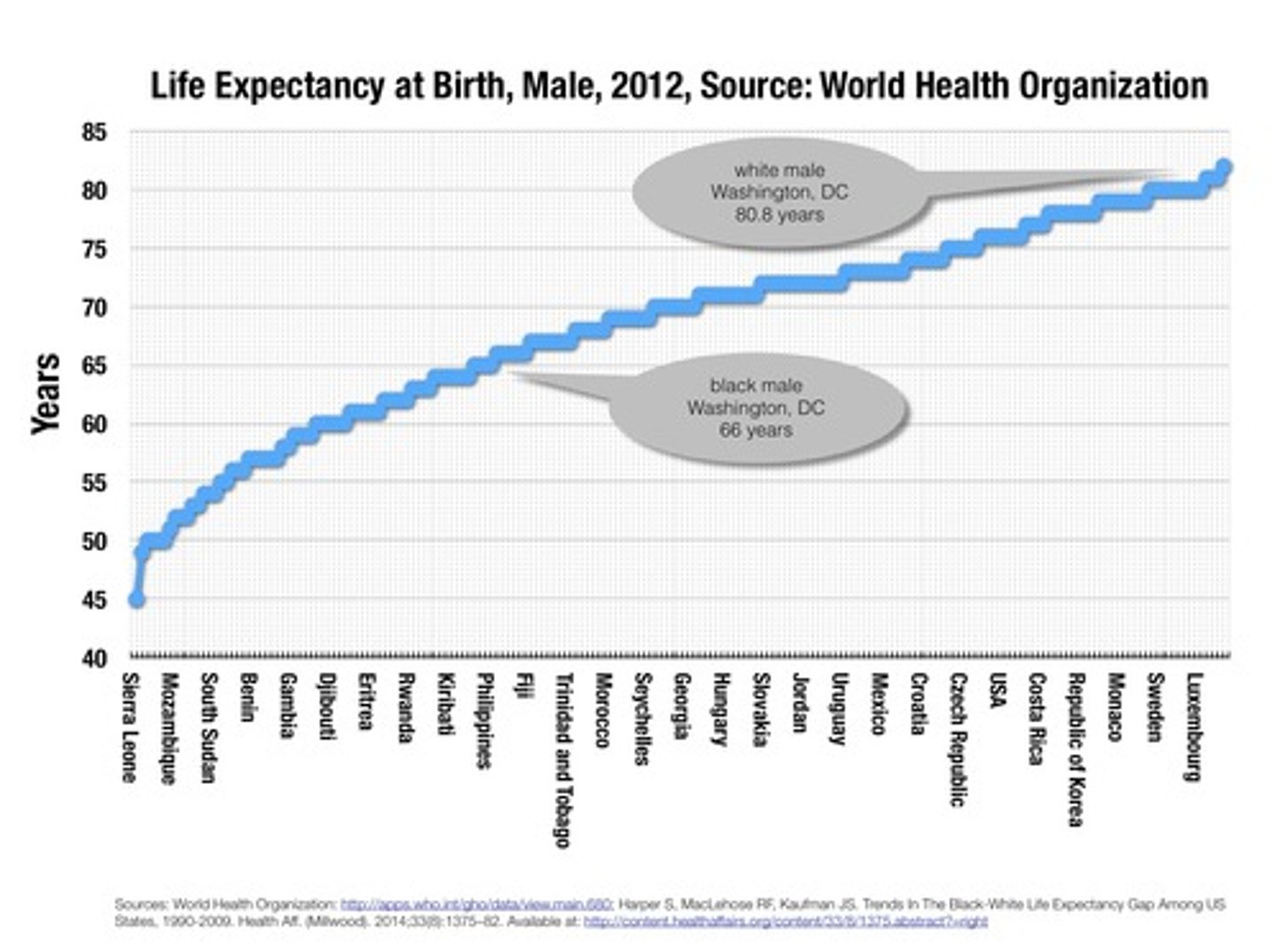
Thomas Malthus
18th century English intellectual who warned that population growth threatened future generations because, in his view, population growth would always outstrip increases in agricultural production.

Natalism
a policy or general attitude that encourages population growth, often in the face of limited resources

Anti-natalism
Incentives to stop the population from growing

Neomalthusians
scholars that continue to share Thomas Malthus's concerns

Natural increase rate
The percentage growth of a population in a year, computed as the crude birth rate minus the crude death rate.
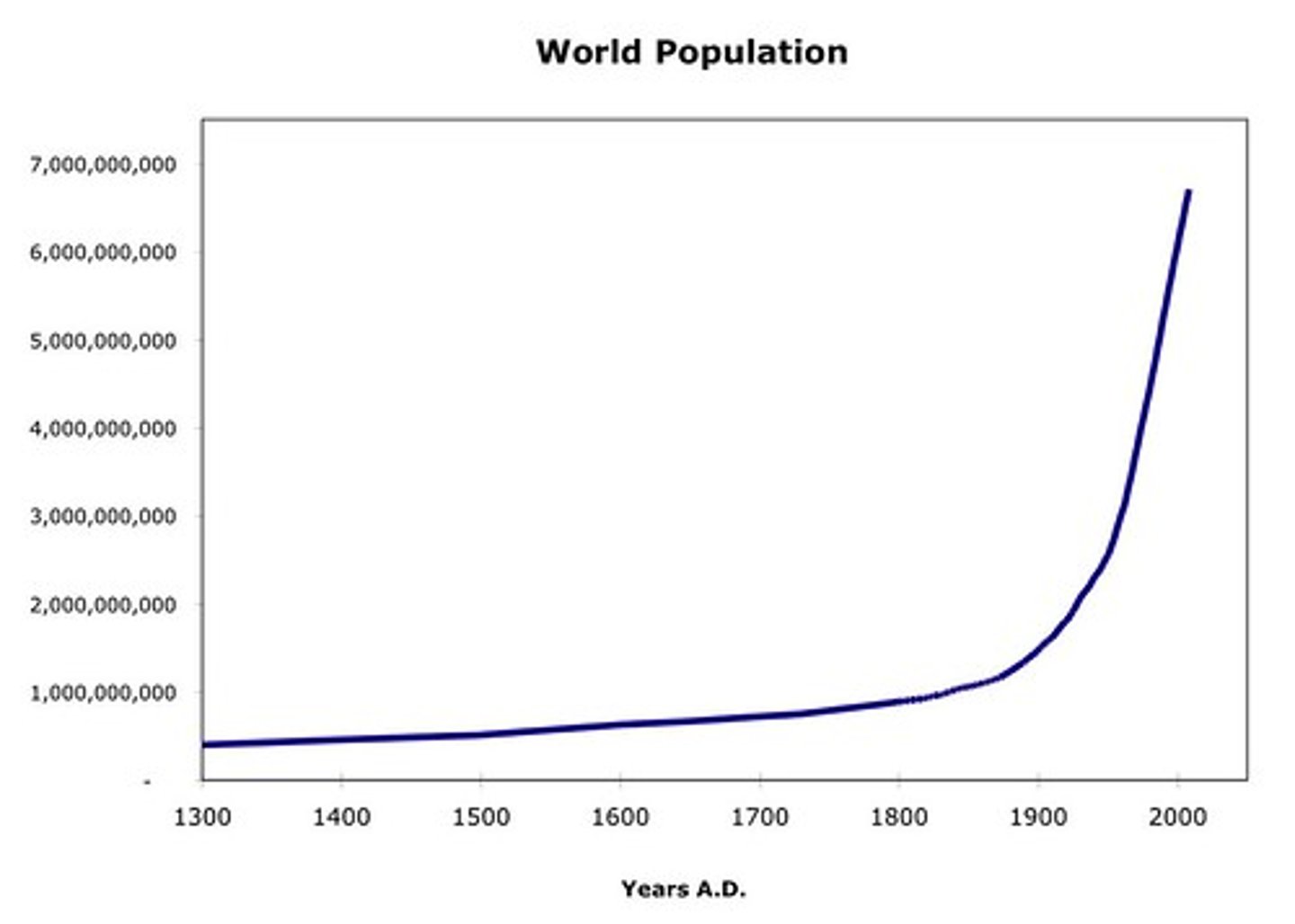
Overpopulation
A value judgment based on the notion that the resources of a particular area are not great enough to support that area's current population.

Physiological density
The number of people per unit of area of arable land, which is land suitable for agriculture.
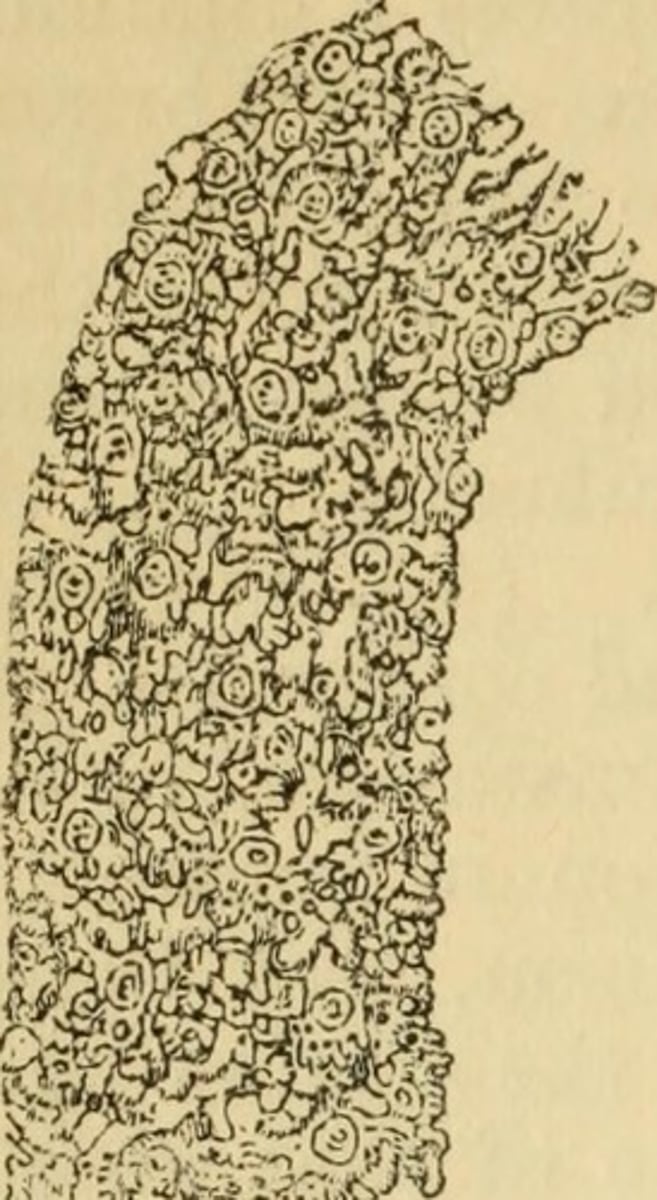
Population agglomerations
A cluster of people living in the same area.

Population pyramids
A bar graph representing the distribution of population by age and sex

Replacement fertility
The total fertility rate at which women would have only enough children to replace themselves and their partner.

S-curve
a curve that depicts logistic growth; shape of an "S"

Sex ratio
The number of males per 100 females in the population.
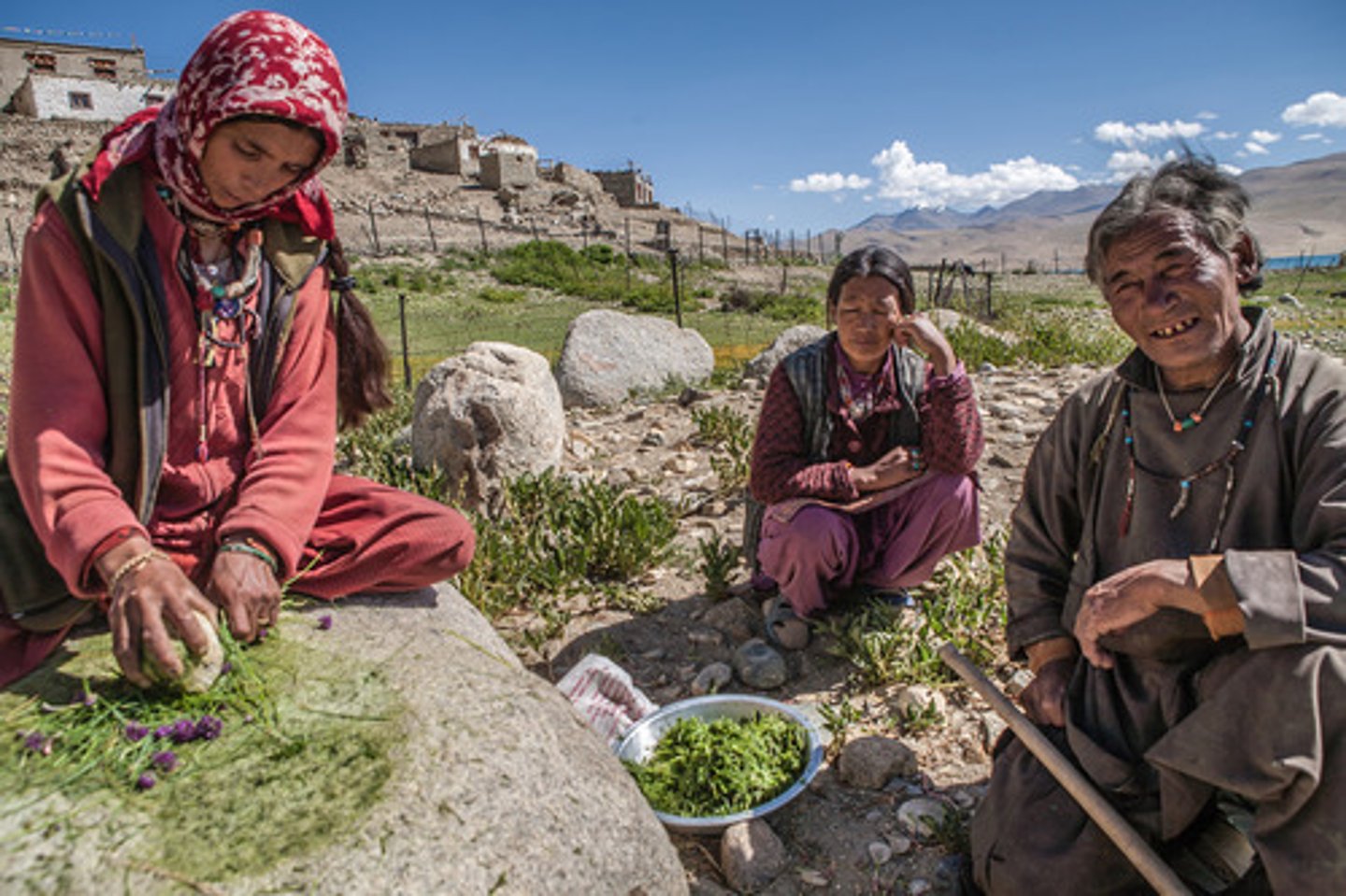
Total fertility rate
The number of children born to an average woman in a population during her entire reproductive life

Zero population growth
A decline of the total fertility rate to the point where the natural increase rate equals zero.

More Developed Country (MDC)
A country that has progressed relatively far along a continuum of development.
Less Developed Country (LDC)
A country that is at a relatively early stage in the process of economic development